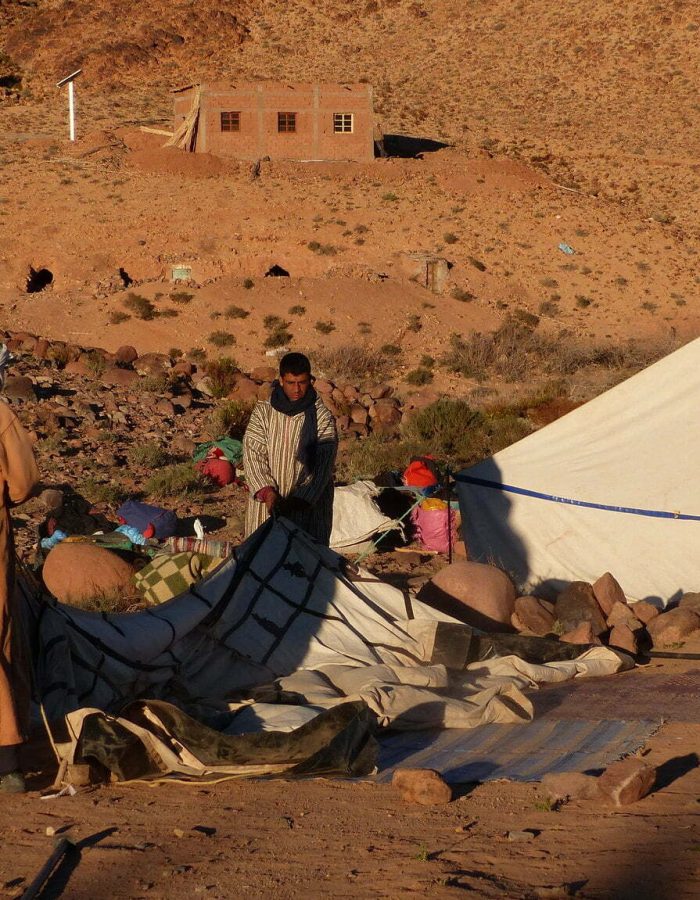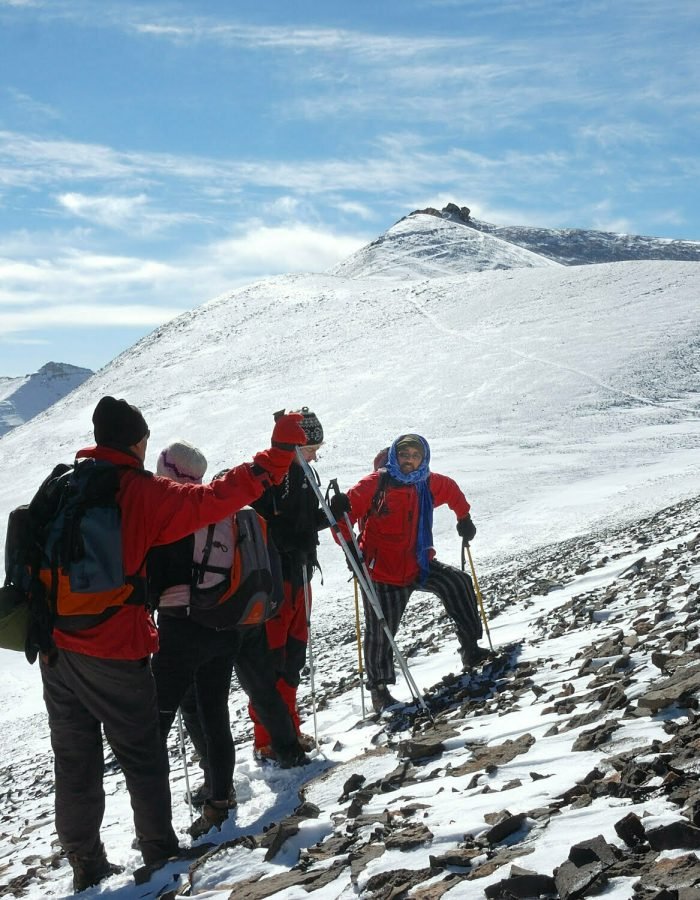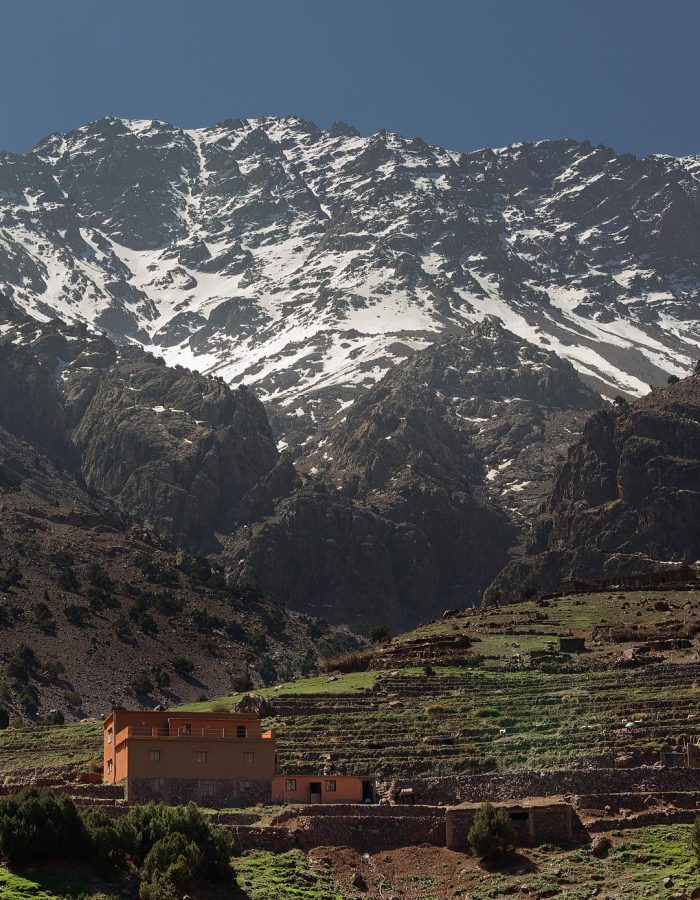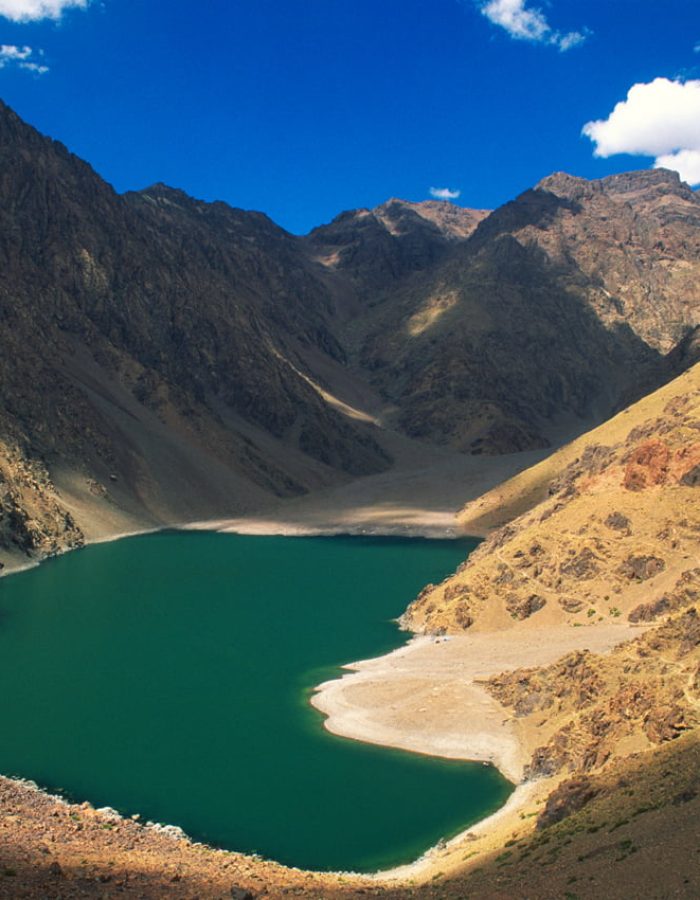
High Atlas Mountains Sunny Adventures
Standing proudly in Morocco, the High Atlas Mountain range is a symbol of strength and resilience, as it has withstood the test of time and weathered countless storms.
High Atlas Mountains
High Atlas, also called the Grand Atlas is a mountain range in central Morocco, North Africa, the highest part of the Atlas Mountains. High Atlas.
High Atlas Mountains
The majestic High Atlas Mountains, situated in North Africa, span across Morocco, Algeria, and Tunisia, forming a part of the renowned Atlas Mountain system. Known for their breathtaking beauty, rich cultural heritage, and diverse ecosystems, these towering peaks hold an irresistible allure.
Emerging dramatically from the dry plains, the High Atlas Mountains create a mesmerizing landscape that enthralls all who visit. Among this range stands Jebel Toubkal, the highest peak in North Africa, reaching an impressive height of 4,167 meters (13,671 feet). This summit beckons adventurers and mountaineers, challenging them to conquer its heights. With rugged terrain, deep valleys, and steep cliffs, the mountains offer a paradise for hikers, trekkers, and nature enthusiasts.
Within the High Atlas Mountains, a harmonious blend of cultures and communities thrives. Berber villages, characterized by their traditional mud-brick houses, adorn the mountainsides, providing glimpses into ancient ways of life. The Berber people, who have called these mountains home for centuries, possess a profound connection with the land. Their warm hospitality and vibrant traditions create an enriching cultural experience for those who visit these villages.
Imlil valley is a popular place in the High Atlas Mountains, known for its stunning scenery and as a gateway to Toubkal National Park. Treks starting from Imlil offer the chance to explore beautiful valleys and immerse in nature. The mountains provide diverse ecosystems, with oak and cedar forests at lower elevations, juniper trees and alpine plants higher up, and wildlife including ibex, gazelles, and Barbary leopards. The area also offers various recreational activities, such as rock climbing, mountain biking, trout fishing, skiing, and snowboarding.
The High Atlas Mountains have been recognized as a UNESCO Biosphere Reserve due to their breathtaking beauty and rich cultural heritage. This designation highlights their ecological importance and emphasizes the importance of sustainable conservation practices. The local communities are actively engaged in eco-tourism projects, encouraging responsible travel and contributing to the preservation of this remarkable mountain ecosystem. Whether you are in search of adventure, cultural exploration, or a peaceful escape into nature, the High Atlas Mountains provide an unforgettable experience. The majestic peaks, vibrant villages, and diverse landscapes come together to create a captivating destination that continues to enchant visitors from all corners of the globe.
Toponymy:
Its Berber name, Adrar Ndern, means “mountain that roars” or “mountain that rumbles.”.
Relief
The relief of the High Atlas is divided into three different entities, from west to east, the western High Atlas, the central High Atlas and the eastern High Atlas.
Western High Atlas
The Western High Atlas is the oldest massif, consisting mainly of Jurassic or Cretaceous formations (with some less extensive Triassic, Permian, and even Carboniferous2 outcrops) cut by deep valleys. Its highest point is Jebel Toubkal at 4,167 meters above sea level, visible from Marrakech. Toubkal National Park was created in 1942 because of the biodiversity and natural wealth of Jebel Toubkal.






Central High Atlas
The main area of the High Atlas region consists mainly of a mass of limestone, which is known for its flat areas that can reach up to 2,500 meters in elevation. This geological structure spans from Azilal to Ouarzazate.
In this particular region, Jebel M’Goun takes the title of being the highest peak, with an awe-inspiring height of 4,071 meters. Additionally, this area is home to a population of Berber people.
Eastern High Atlas
Jebel Saghro
The upper Moulouya region in the eastern High Atlas has high plateaus stretching from Midelt in the Khenifra province to Imilchil in the Errachidia province. This area includes Jebel Saghro and the ancient massif of Tamlelt. Jebel Ayachi, reaching a height of 3,760 meters, is the highest peak. Towards the east, the altitude gradually declines, leading to the pre-Saharan zone.
The massif is known internationally for its paleontological importance. Previously unknown dinosaur bones, including those of Atlasaurus and Tazoudasaurus naimi, have been discovered here. Atlasaurus was an herbivorous dinosaur that lived around 165 million years ago, while Tazoudasaurus naimi predates it by around 180 million years. The Tazoudasaurus is considered an ancestor of sauropods found in North America. This suggests that North Africa and the American continent were once connected.
Climate
The climate in the High Atlas Mountains varies based on the elevation and time of year. Generally, the region has a continental climate with distinct seasons and temperature changes.
In the summer months (June to September), the lower areas of the High Atlas Mountains can get quite hot, with temperatures ranging from 25 to 35 degrees Celsius (77 to 95 degrees Fahrenheit). However, as you go higher in altitude, the temperature decreases, resulting in a cooler and more pleasant climate. Even during the summer, the highest peaks like Jebel Toubkal can have freezing temperatures.
Winter in the High Atlas Mountains, which lasts from December to February, brings colder temperatures and the possibility of snowfall. The higher regions experience freezing temperatures, and the mountaintops are covered in snow, creating a beautiful winter scenery. Skiing and snowboarding enthusiasts visit the designated ski resorts, such as Oukaimeden, to enjoy the snowy slopes.
The High Atlas Mountains boast a varied climate, with hot summers in the lower valleys and cold winters featuring snow-capped peaks. Visitors have the option to select the season that aligns with their preferences and activities. Whether it’s hiking during the pleasant spring or autumn, skiing in the winter, or enjoying cooler temperatures in the higher elevations during the summer months, there is something for everyone. However, it is important to note that weather conditions in mountainous regions can be unpredictable, so it is advisable to check the forecast and be prepared for temperature changes throughout the day.
Biodiversity
Wildlife
Felines like caracal lynx and Barbary leopard are limited in range. Most common mammals are nocturnal. Wild boars are abundant in oak groves. Mouflon can be seen at specific elevations. Ground squirrels are easily observable. Magots frequent gorges and cedar forests.
Snakes, including lataste viper, are found in high mountains. Trout live in high-altitude streams.
Atlas region has various birds of prey like buzzard, eagle, falcon, and vulture. Rock doves can also be seen. Pink-winged finch and northern lark are common in mountainous regions. Migratory birds cross the Atlas chain during spring and autumn. Meadow pipit nests in Europe and winters in lower valleys of the Atlas.
Flora
The vegetation in the area is arranged in a staggered pattern, with different types of plants found between the plain and the mountain. At lower altitudes, there is a mixture of doum, barbarism cedar, carob tree, wild olive tree, lentisk pistachio tree, and oleander. Lavender, cistus, and broom are also plentiful. Moving towards the middle mountains, the humidity increases and holm oak becomes dominant, mixed with red junipers.
At the high plateaus and valleys, the trees start to disappear, making way for broom and bushy plants. The only remaining tree is the thuriferous juniper. From March to June, the plateaus are covered in a wet lawn adorned with narcissus flowers. In the high mountains, only thorny cushions of plants survive.
Beyond a certain altitude, the vegetation completely vanishes. However, at the summit of Toubkal, the Atlas leucanthemum blooms. Unfortunately, human activities and grazing have caused degradation to the vegetation. In the past, the slopes of the Atlas were covered with oak groves, but now efforts are being made to reforest them with Aleppo pines.
Culture
Bilmaun, known as Boujloud in Arabic and the man with the fleece in English, is a figure associated with the Muslim festival of the Sacrifice. This carnivalesque character adorns himself with the remnants of the sacrificed animal and partakes in a two-day ancient ritual that continues to thrive in the High Atlas region. Abdellah Hammoudi, an anthropologist, delves into the study of this intriguing persona in his book titled “The Victim and his Masks” published in 1988.
In conclusion, the central High Atlas region is a geological masterpiece, with its limestone massif and tabular areas reaching impressive heights. Jebel M’Goun stands as a testament to the region’s grandeur, while the Berber population adds a cultural richness that enhances the overall experience. Whether it’s exploring the ancient villages, conquering the towering peaks, or immersing oneself in the region’s natural wonders, the central High Atlas region offers an unforgettable adventure for all who venture into its embrace.

